The only definitive city guide to Lecce, Italy
Puglia’s charming olive groves, rocky beaches, low rolling hills, and of course rustic trulli houses… have long been garnering attention around the world. Yet nestled in the Salento peninsula, to the south of the Valle di’Itria you can find the city mysteriously and fondly referred to as ‘the Florence of the south’.
Welcome to Lecce.
This beautiful and historic baroque city, 20 minutes from the Adriatic coast (and 40 minutes from the Ionian) is one of the jewels of southern Italy. A stay in Lecce, with many things to see in its historic center alone, is well worth at least a weekend. Beyond this, there are uncountable day trips to be had out into the province. You can find some of Italy’s best pizza, pasta, seafood, vineyards, craft beer breweries, architecture & cultural highlights in the city and within an hour's drive, and of course, in summer, the many many sagre (festivals).
Lecce Old City
At the heart of Lecce lies the historic center. The ancient walled city can still be accessed by 3 of the 4 original city gates; Porta Napoli, Porta Rudaie and Porta San Biagio (the 4th gate, Porta San Martino, sadly no longer exists). There’s plenty on display within these walls, particularly the baroque style (largely developed in the 17th century) in the facades of the many ancient churches and throughout the many buildings that line the city’s narrow streets. The old town is almost entirely built out of ‘Pietra Leccese’ (Lecce Stone), a particular type of limestone unique to the province. This soft and easily sculpted stone has been the bedrock of the city's architectural and economic development for centuries.
Piazza Sant’oronzo & Roman Monuments
In the centre of the old city lies Piazza Sant’oronzo, the bustling main square of the city named after its patron saint. Popular spots Cafe Alvino or Tentazioni are great places for a coffee and pasticciotto (traditional local sweet pastry) whilst watching the comings and goings of the city. It’s also here that you’ll find the Roman ruins of the ancient ‘Anfiteatro Romano di Lecce’ (Roman Amphitheatre). Thought to have been built during the reign of Augustus (who ruled around the birth of Christ), the amphitheatre is only partially on display, due to its relatively recent excavation. It was discovered during the construction of a branch of the Bank of Italy in the early 1900s and only about a third of its complete oval shape is visible today. In fact, the ‘Chiesa di Santa Maria della Grazia’ (an old church) is perched neatly on top of the other end and thus prevents further excavation. A little imagination is required to comprehend its full grandness, especially as it was apparently much taller than what you can see today and could well have been up there with the Colosseum in Rome and the Arena di Verona in terms of grandeur.
Just behind Piazza Sant’oronzo is Piazzetta Santa Chiara (where the teeny boppers hang out at night), and just behind this lies the ‘Teatro Romano di Lecce’ (Roman Theatre of Lecce). The theatre, which also dates from ‘L'età augustea’ (The Age of Augustus) follows the teatro greco style in that it is a perfect half-moon with a stage at the front. It was also discovered accidentally in the early twentieth century by some locals getting a bit of landscaping done in their gardens.
When and why both the Roman Amphitheatre & Theatre were built is not exactly known, but best guesses are that they were commissioned by emperor Augusto (Augustus), as a thank-you for letting him hang out in Lupiae (the Roman name for Lecce). This was probably around the time his great uncle, Julius Caesar, was being murdered in Rome, so clearly blowing out of the capital for a bit turned out not to be such a bad idea, both for him and for Lecce (I believe Augustus later became the first Emperor of Rome).
Churches
Like many Italian cities, Lecce is so littered with churches that, as one of my friends put it, ‘Italy is so full of these things I just don’t know or even follow anymore’. Quite. Sometimes there are just too many churches.
However, if historical architecture, particularly churches, are your thing then there are a few worth mentioning, and a wander round them is a very pleasant way to pass a day. Down a cute little alley from Piazza Sant’Oronzo, you’ll find the enormous and ornate façade of the ‘Basilica di Santa Croce’ (Church of the Holy Cross). It’s probably the jewel of the crown in terms of Lecce’s mega-churches. Although not Lecce’s official cathedral, Santa Croce, which was finished just before the turn of the 18th century (having been started many hundreds of years before), is generally considered the world-class stand-out piece of baroque architecture that is tipico leccese, or classic to the city of Lecce.
Back to the main square Piazza Sant’oronzo, and a stroll up Via Vittorio Emanuele II brings you to Piazza del Duomo where you’ll find ‘Cattedrale di Maria Santissima Assunta e Sant'Oronzo’ (or Duomo as it’s commonly referred to). As well as the cathedral/duomo there are many other clergy buildings including the bishop's residence, the seminary, and of course the Campanile del Duomo aka the bell tower. First built back in the eleven hundreds, the cathedral was given a baroque spruce up in the mid-17th Century, which if you’ve been following, was bang in fashion at the time. In fact, the prominent Italian baroque artist and sculpturer Giuseppe Zimbalo (a Lecce native) worked on both the Duomo and Santa Croce. The façade of the Cathedral, also considered a Baroque masterpiece, is slightly more paired back than the perhaps slightly OTT Santa Croce.
Two other notable baroque churches are ‘Chiesa di San Matteo’ and ‘Chiesa di Santa Chiara’, both only a stone’s throw to the south from Piazza Sant’oronzo (heading towards Porta San Biagio).
You can buy a ticket to visit the above churches here, a friend also told me you can blag your way in for free on a Sunday if you’re attending mass, although, I believe you actually have to attend mass. I don’t attend mass myself and therefore can’t vouch for this.
Villa Comunale
One of the best shortcuts to know in Lecce is from the old city (just by Santa Croce) through the ‘Palazzo dei Celestini’ (or ‘Ex Convento dei Celestini’ aka the old convent attached to Santa Croce). This little doorway takes you through into a little courtyard (the courtyard of the Prefettura di Lecce, one of Lecce’s numerous NUMEROUS local government offices) and then across into the Villa Comunale. The Villa Comunale (or ‘Giardini Pubblici Giuseppe Garibaldi’) is by far Lecce’s nicest park and the only one that is vaguely maintained. Not only is it nice for a stroll but it’s the only place in the city centre that has play areas for kids. It’s also easy to pick up a cone of gelato at La Romana on the east side, or Baldo on the west side (slightly further away).
Museums & Art Galleries
Lecce has a range of museums and art galleries to visit from the smaller and cuter Museo Faggiano and the Jewish Museum to the grander Museo Sigismondo Castromediano and Museo Storico Citta di Lecce (MUST).
Day trips from Lecce
Day trips from Lecce are easy-peasy with a car, and the coastal towns of Gallipoli and Otranto are must-visit spots if you want to get a real feel for Salento. Whilst Italian inter-city trains are amongst the best in the world, the regional train service in Salento is absolutely dreadful. Gallipoli by car (30 minutes) is significantly shorter than by train (nearly an hour and a half).
Sandy Beaches Near Lecce
For golden beaches on the Adriatic San Cataldo is easy distance from Lecce, but also Torre Rinalda, Spiaggia Bella, Torre Chianca, and Torre Specchia down to the nice seaside town of San Foca.
On the Ionian side, Punta Prosciutto, Torre Castiglione, Torre Lapillo, down to the town of Porto Cesareo have beautiful sandy beaches (for my money, the best in Salento, but they get very busy). Near Gallipoli, Rivabella and Baia Verde are both easy distance from Lecce too.
There is a full guide to beaches and wind (which affects the conditions on the beaches) here.
Getting to Lecce
Getting to Lecce is pretty straightforward, to read the full guide click here. You can fly into Salento airport (40 mins from Lecce) from London, Manchester, Paris, Bordeaux, Barcelona, Madrid, Geneva, Basel, Zurich, Brussels, Eindhoven, Rotterdam, Dusseldorf, Cologne, Stuttgart, Munich, Vienna, Stockholm, Malta and nearly all the major airports in Italy. Getting to Lecce train station is super easy with direct trains from Rome, Naples, Milan, Venice and Bologna. As mentioned before, read the full airports and trains guide here.


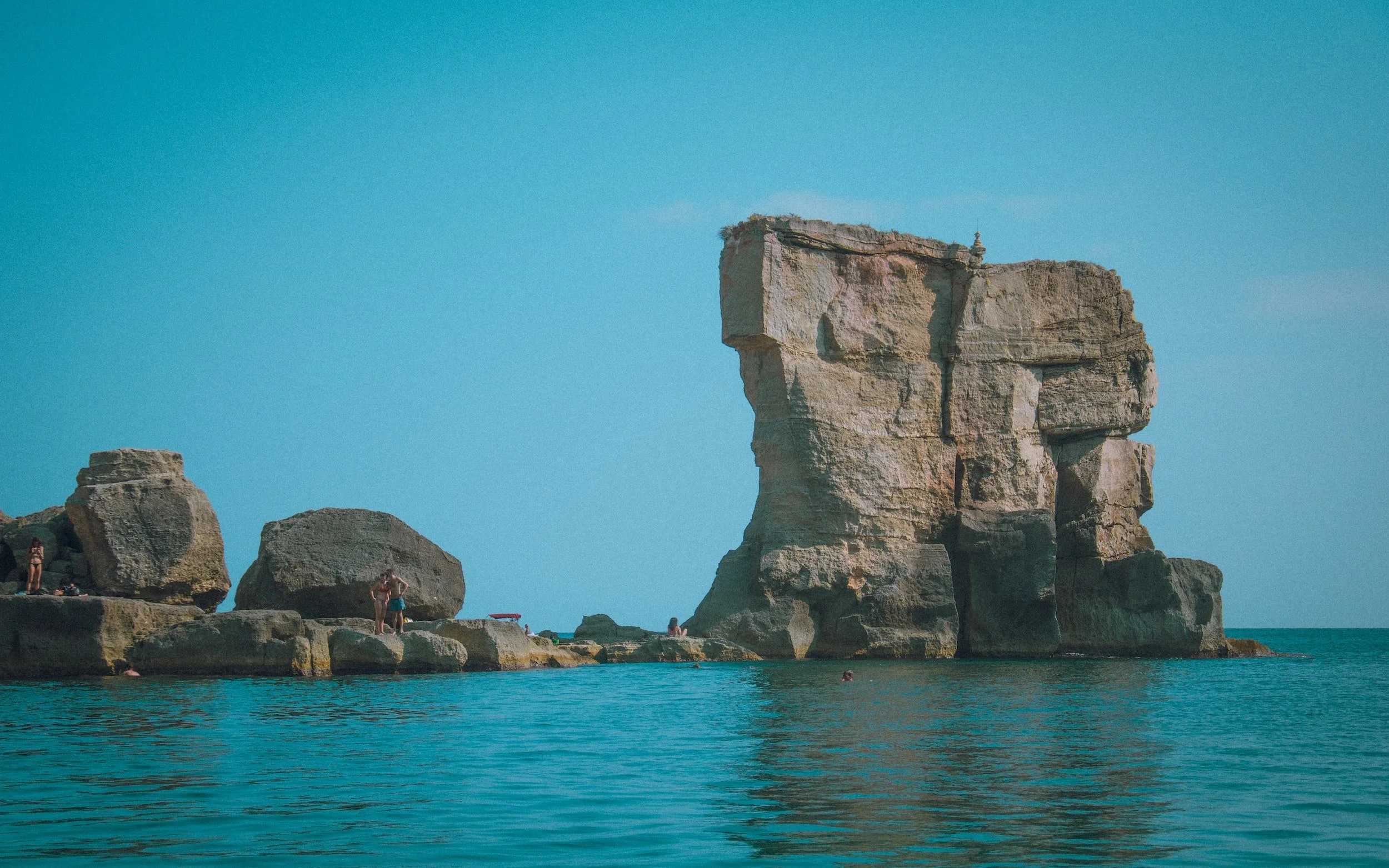






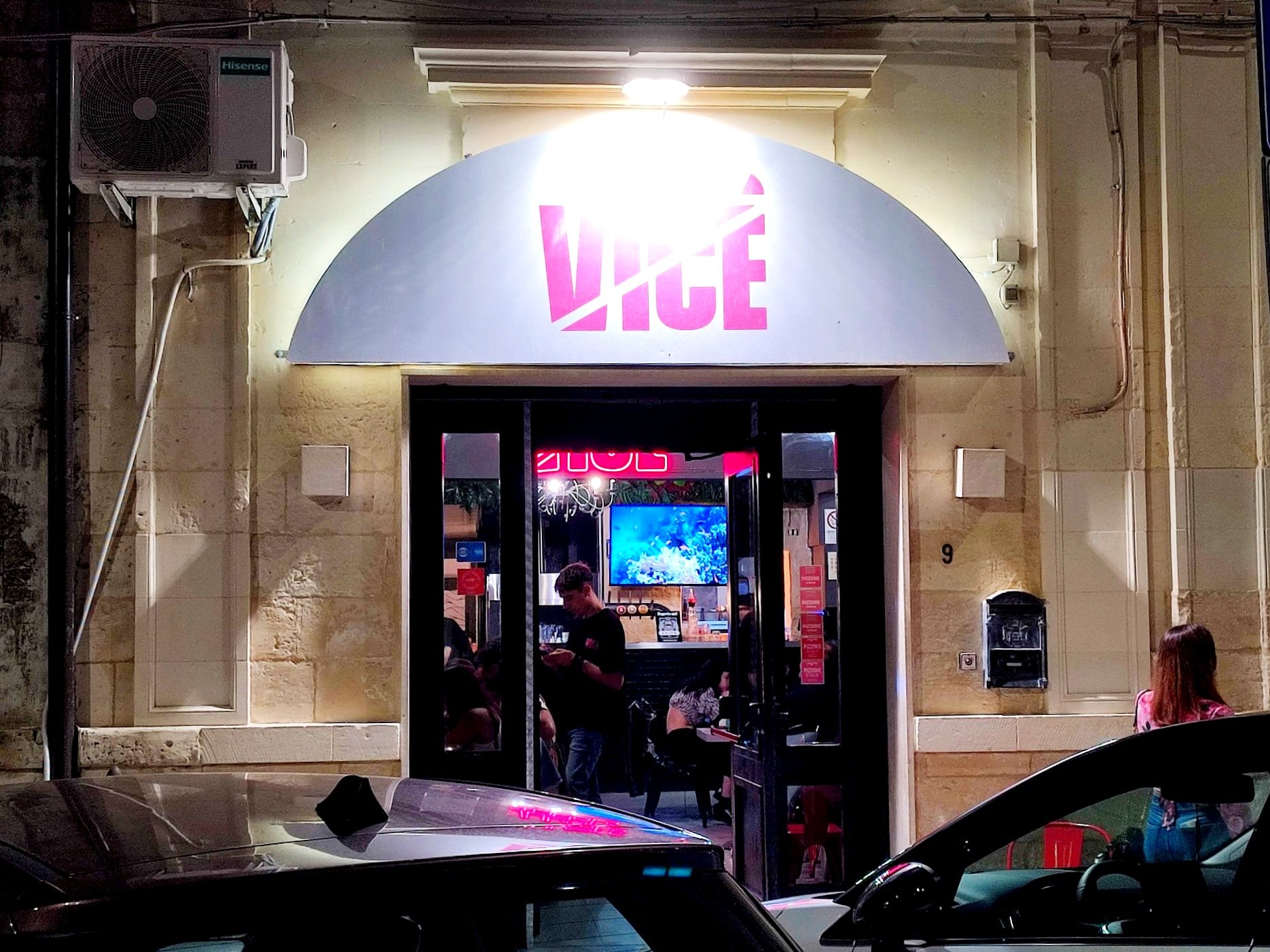




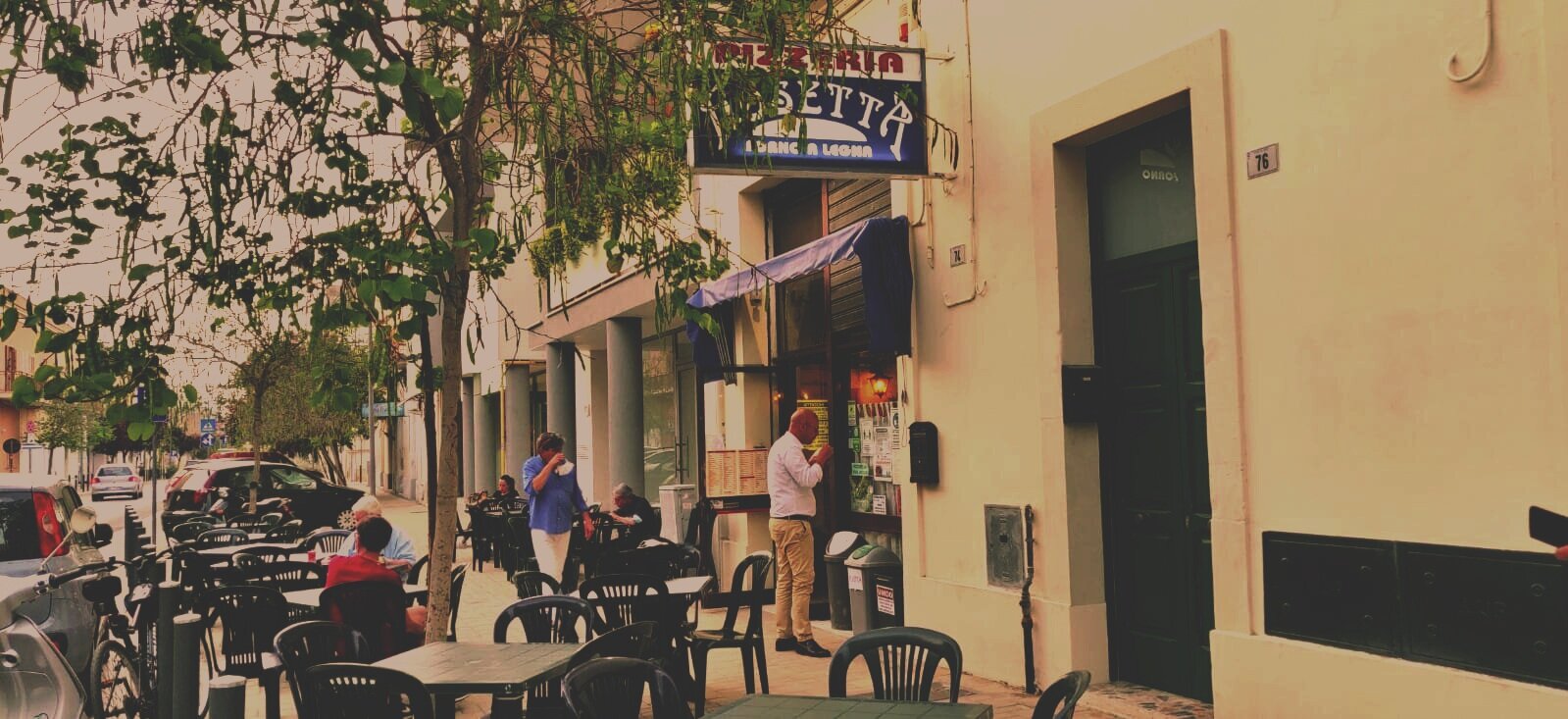



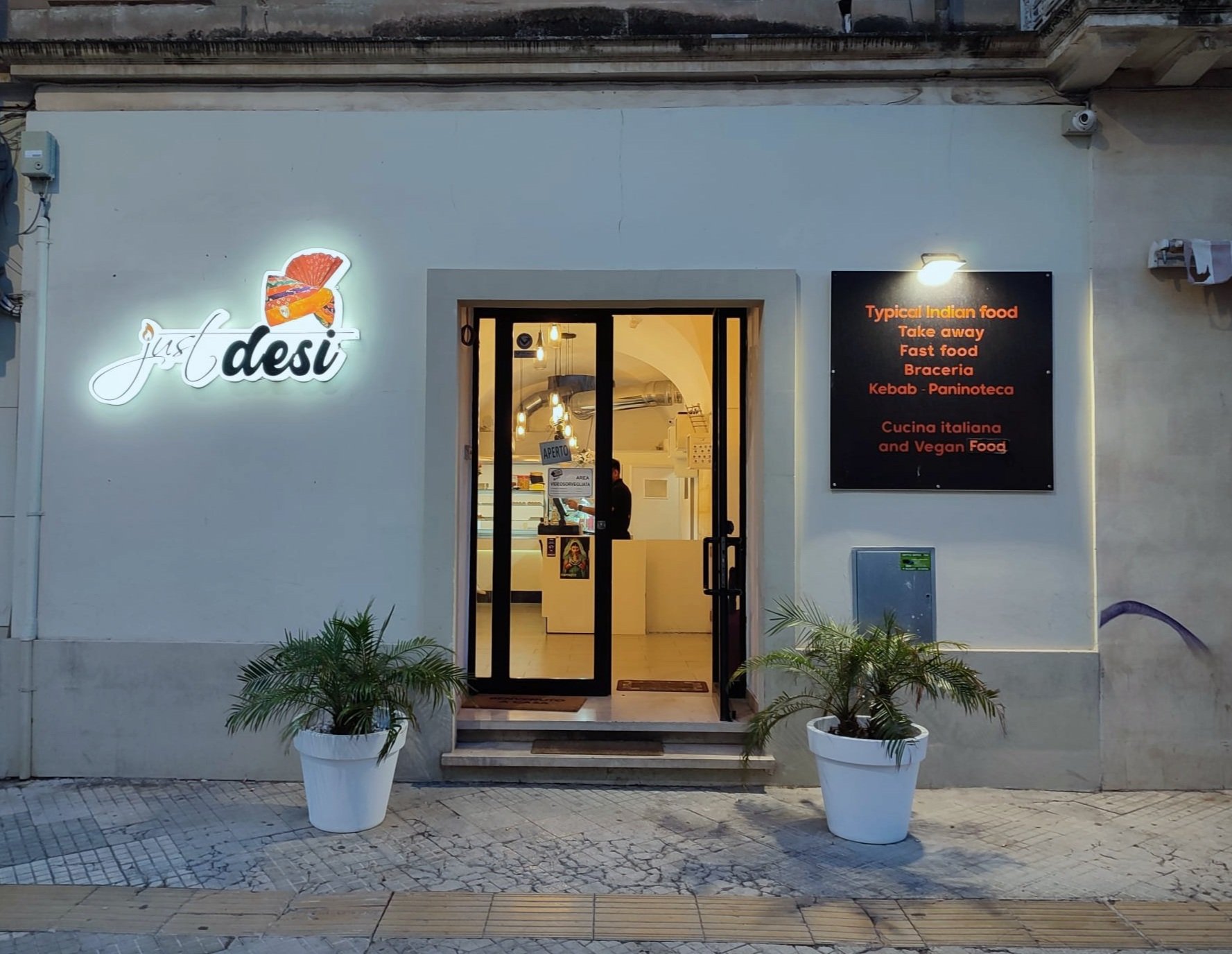





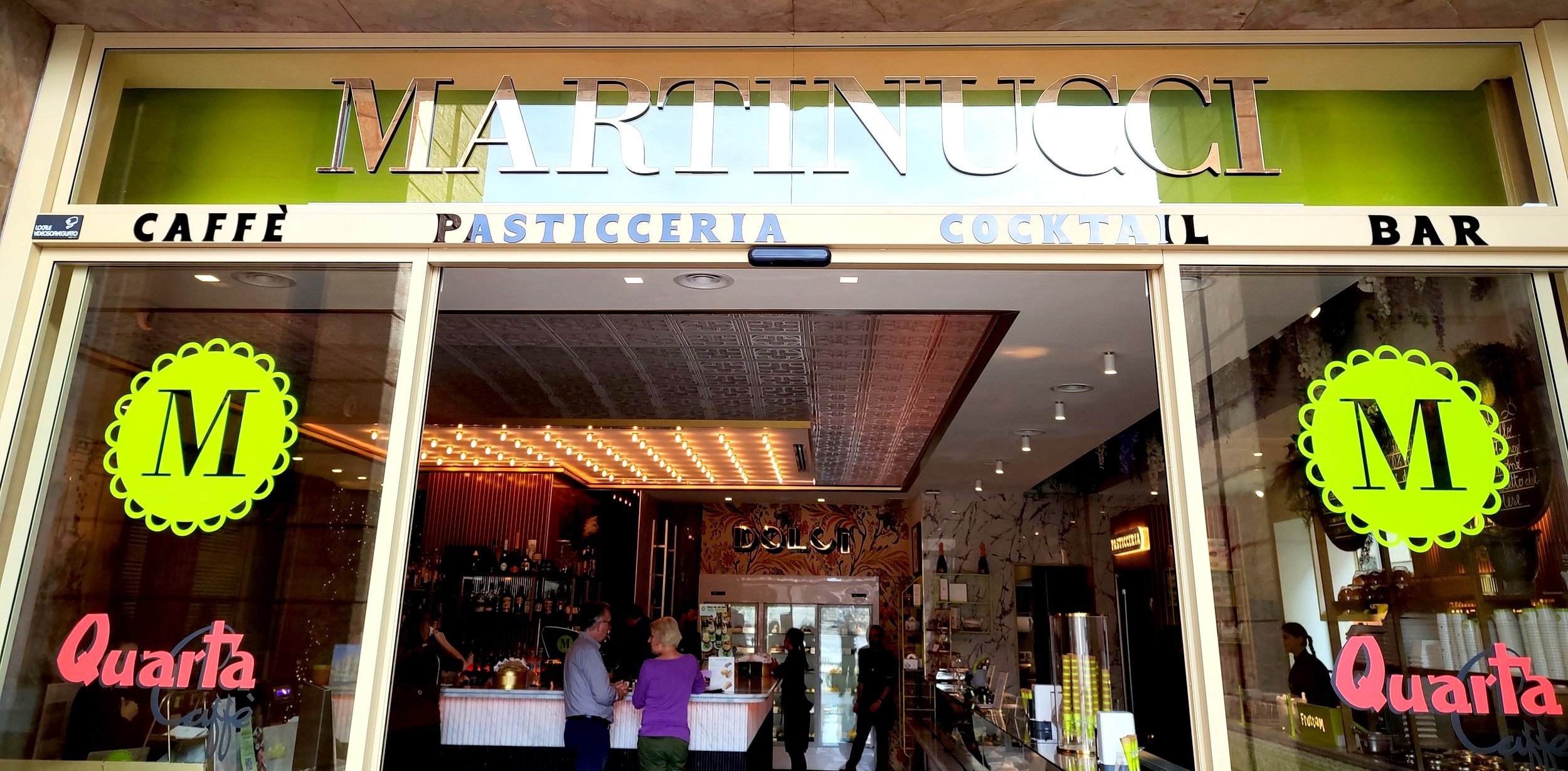









Caffè Alvino sits in the middle of Piazza Sant'oronzo, right opposite the Roman Amphitheatre, in the heart of the old city of Lecce. You'd of thought it hard for any Cafe to feel historic amongst the Roman ruins and the baroque glory of Lecce. But Alvino has been there so long (I've no idea how old it is but I wouldn't be surprised if it dates back to BC) and is such a fixture of Lecce that, nothing can touch this place in terms of Leccese old school vibes.